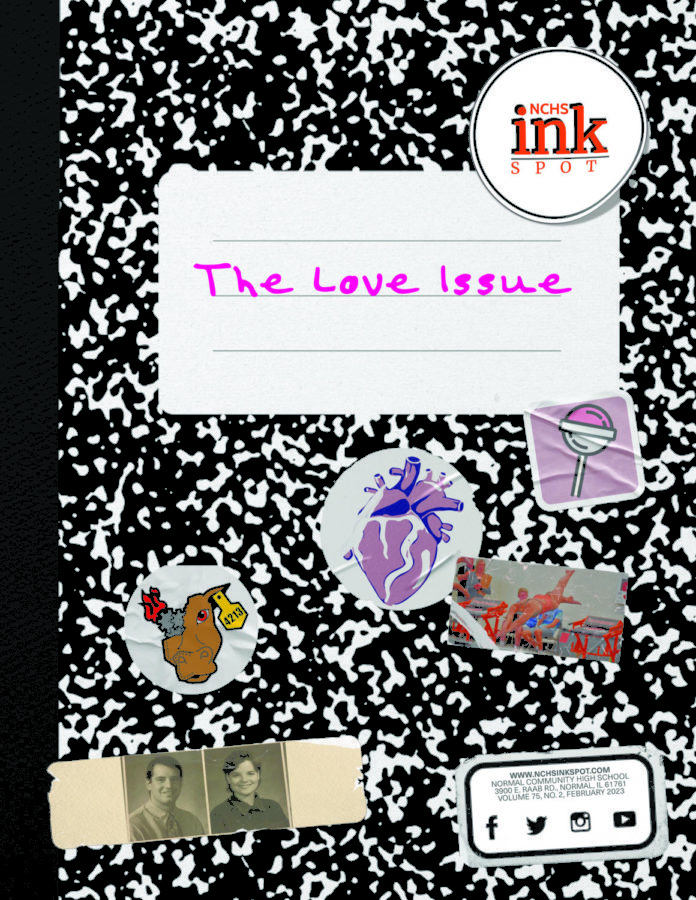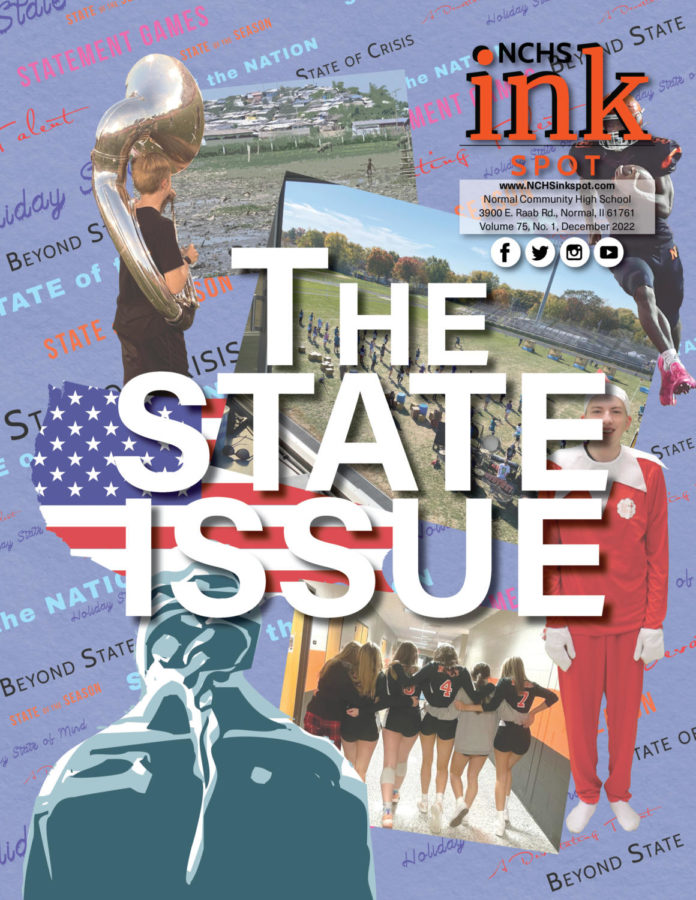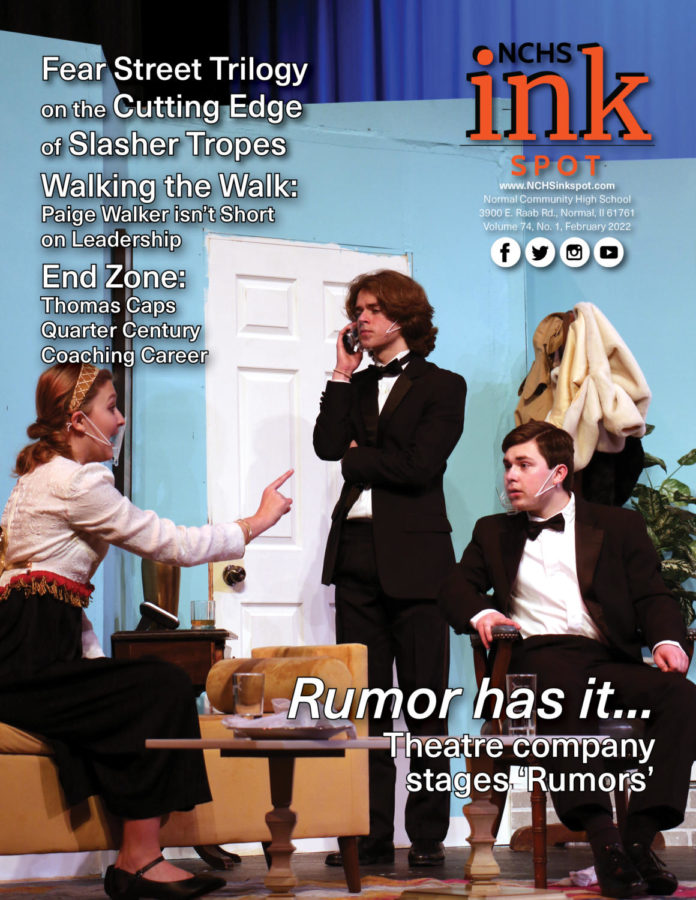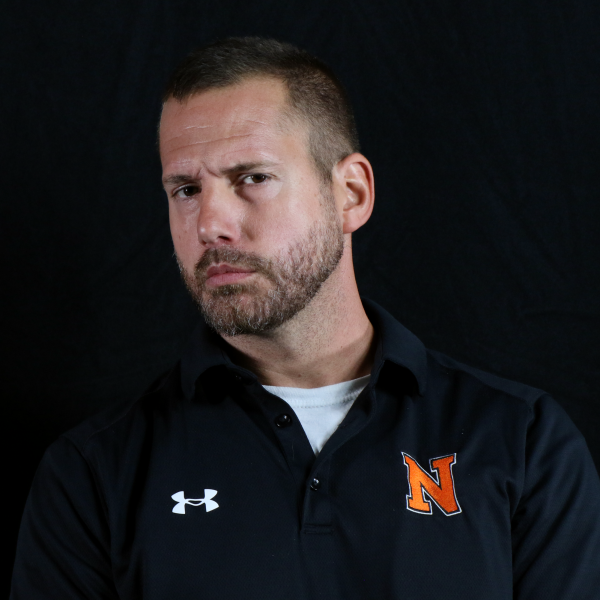When the red carpet rolled out for the 75th Emmy Awards on Jan. 15, television’s best were recognized for their outstanding work. Among the nominees stealing the spotlight were the cast and crew behind the sensational Amazon original series “Daisy Jones and the Six.”
Ahead of the award ceremony, “Daisy Jones”garnered an impressive nine nominations, ultimately taking home one for Outstanding Sound Mixing For A Limited Or Anthology Series Or Movie.
The series, a 10-episode faux rock doc chronicling the rise and fall of a moody ’70s rock group, explores the conflict between the band’s feuding yet charismatic lead singers, Daisy Jones (Riley Keough) and Billy Dunne (Sam Claflin).
The magic of “Daisy Jones and the Six” doesn’t just lie in its compelling narrative or its actors’ stellar performances; it’s how the show seamlessly intertwines storytelling with the transformative power of music.
This is a fictional band that has generated real buzz, as “Aurora,” an album of the original songs featured in the show, made it to No. 1 in the U.S. on iTunes and opened at No. 4 on both Billboard’s Americana/Folk Albums and Vinyl Albums sales charts.
There is something about make-believe musicians that can capture our hearts (and playlists) in very real ways.
There is just something about fictional bands that just gets under our skin.
Is it the music, the mythology, the personalities, the access?
Maybe it’s because they’re not beholden to reality–they can be as wild, as eccentric, or as tragic as their creators want them to be?
Maybe it is something else entirely?
Whatever the reason, from The Monkees to The Partridge Family, The Blues Brothers to Spinal Tap, Jessie and the Rippers to Lemonade Mouth–our obsession with fictional bands is a decades-long addiction.
There is no denying the allure of the fictional band. Take a look at the Top 5 fictional acts that have struck a chord with Inkspot adviser, Mr. Brad Bovenkerk.
5. Dr. Teeth & The Electric Mayhem Band (“The Muppets”)
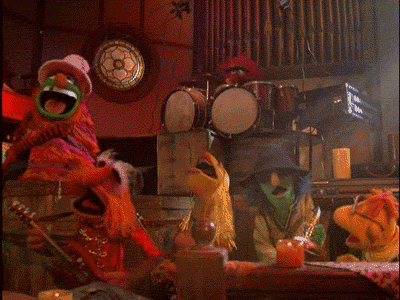
This ragtag group of fuzzy virtuosos–Dr. Teeth on vocals and keyboards, Animal on drums, Floyd Pepper on vocals and bass, Janice on vocals and lead guitar, Zoot on saxophone and Lips on trumpet–has etched itself into the fabric of pop culture as a standout fictional band.
At the heart of the Electric Mayhem’s sonic allure is Animal, the group’s frenetic drummer. On the drums, Animal orchestrates rhythmic chaos rivaled only by the legendary Dave Grohl (Nirvana, Foo Fighters) in terms of sheer percussive energy. That drumming is the primal force behind the group, propelling the band into a realm of musical madness.
Beyond Animal’s percussive prowess, the Electric Mayhem boasts a horn section, something that always elevates a rock band performance to unparalleled heights. Consider the impact of a horn section on classic rock tracks by artists like Bob Seger–it’s that extra layer of soulful exuberance that turns a good song into an anthem. The horn section adds a richness that distinguishes the Electric Mayhem from other fictional bands.
The band’s jams are a delightful fusion of rock, funk and soul, whimsical and irreverent, with each member of the diverse group of characters contributing to the group’s eclectic sound. It’s a musical alchemy that creates a blend that just resonates.
From Dr. Teeth’s gravelly voice to Floyd Pepper’s thumping bass lines, Dr. Teeth and the Electric Mayhem are the quintessential rock band–reminiscent of all that we love about the heyday of rock–they are visceral, primal, and untamed in their performances, capturing and celebrating the essence of rock ‘n’ roll.
4. The Beets (“Doug”)
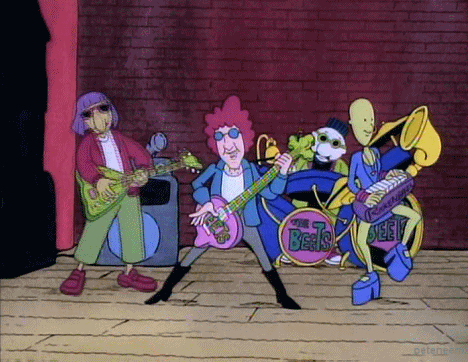
At first glance, The Beets might appear to be just another quirky animated musical ensemble, but a closer inspection reveals layers of brilliance that elevate them in the pantheon of best fictional bands.
Clearly, these are Bluffington’s Beatles, right?
I mean, just look at them.
This not-so-subtle allusion, both name and appearance, is a stroke of genius, blending homage with a cheeky twist that adds an extra layer of delight for discerning viewers.
But what defines The Beets is their magnum opus, “Killer Tofu.” The song is a veritable anthem. From the first strum guitar to the playful, almost nasally vocals, the track embodies the carefree spirit of Doug Funnie’s world. The lyrics, while seemingly whimsical, cleverly tackle the mundane aspects of suburban life, turning them into catchy refrains.
What truly sets The Beets apart is their ability to infuse humor into their songs without sacrificing musicality. “Killer Tofu” isn’t just a catchy tune; it’s a subversive commentary on the absurdity of everyday existence, cleverly disguised behind a façade of animated charm. This is the hallmark of The Beets’ brilliance – they make you dance and laugh simultaneously a rare feat. Throw in other Beets’ beats like “I Need Mo’ Allowance” and “Shout Your Lungs Out,” and it’s clear why this group is one of the best fictional bands.
3. Crucial Taunt (“Wayne’s World”)
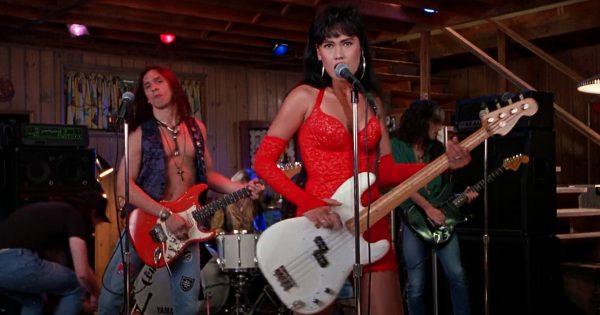
Crucial Taunt offers a musical experience that echoes far beyond the confines of Aurora, Illinois.
Their audacious rendition of “Ballroom Blitz” was my introduction to The Sweet’s 1973 hit. Crucial Taunt had the key every great rock band needs to succeed–confidence. The band was unafraid to tackle rock royalty, performing a song that reached number one in Canada, two in the U.K. and number five on the US Billboard Hot 100. And absolutely crushed it.
But back in the early ’90s, I had no idea “Ballroom Blitz” was a cover.
And I didn’t care. I just knew the song rocked.
While the band rocks on the drums and crushes their screeching guitar solos, the real star is Crucial Taunt’s frontwoman. As Wayne Campbell says in the film, Cassandra, the band’s sultry lead singer, “can really wail.”
That’s an understatement; she adds an emotional element to the “Ballroom Blitz” that elevates the song far above the original.
Crucial Taunt has technical prowess, sure, but what makes them stand out is their ability to infuse cover songs with a unique flair. Covering what was, unbeknownst to me, a classic track could have easily been a misstep, but instead, it’s a testament to the band’s musical fearlessness. Hendrix’s “Fire”? No problem; their rendition has the Gasworks ignited.
2. Stillwater (“Almost Famous”)
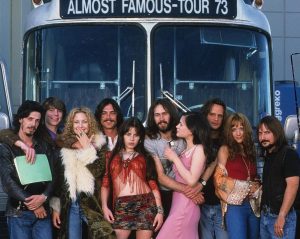
Stillwater captures the unbridled spirit of 1970s rock, from the kinetic energy of “Fever Dog” to the emotional depth of “Love Comes and Goes.”
The band’s original tracks (penned by director Cameron Crowe) could have been ripped from the catalogs of the era’s real stars; Stillwater’s sound and style make it easy to draw parallels to icons like Led Zeppelin, The Eagles and Lynyrd Skynyrd.
“Fever Dog,” a centerpiece in the film, captures the rebellious spirit of the era with its infectious riffs and untamed vocals. It’s a fictional song that feels so authentic it could have easily existed in reality.
Beyond the scripted tunes, Stillwater’s ability to navigate covers is a testament to their versatility. Whether delivering a soulful rendition of Led Zeppelin’s “That’s the Way” or bringing electrifying energy to Elton John’s “Tiny Dancer,” Stillwater pays homage to the rock canon while injecting their unique flavor into each performance.
Add in moments like the infamous “I am a Golden God!” scene, and Stillwater seems ripped right from the golden age of rock ‘n’ roll, from their talent on stage to their drama off.
1. Llewyn Davis (“Inside Llewyn Davis”)

I have to admit, this pick is heavily skewed.
Check my Spotify daylist, and my bias is clear. I am a sucker for folk-rock and Americana.
And in the world of fictional musicians, few encapsulate those genres like Llewyn Davis from the Coen Brothers’ film “Inside Llewyn Davis.”
Davis stands as a poignant representation of the folk scene in 1960s Greenwich Village, a sea-change music moment rarely depicted on screen. The artist is caught in a soul-searching struggle: to make music the music he wants or make a living.
That struggle rings out in every chord Davis plays on his old battered guitar, every note he sings.
The artistry of Llewyn Davis (played with nuanced brilliance by Oscar Isaac) is captured in the film’s showstopper “Hang Me, Oh Hang Me.” It’s a melancholic yet beautifully rendered folk ballad. It is a song performed with such raw vulnerability that it almost fully embodies Davis’s perpetual quest for creative fulfillment.
Davis’s renditions of traditional folk songs like “The Death of Queen Jane” and “Fare Thee Well (Dink’s Song)” to his work on the satirical, space-age tune “Please Mr. Kennedy” (featuring Justin Timberlake and Adam Driver) explore the evolving landscape of music during that era, and the struggles of an artist trying to make a living making music without sacrificing their artistry.
Beyond the music itself, the character of Llewyn Davis is a vessel for exploring the intersection of artistry, authenticity and the struggle for recognition. A combination that, for me, hits all the right chords.


![Community honors longtime coach Mr. Bryan Thomas before Oct. 3 game [photo gallery]](https://nchsinkspot.com/wp-content/uploads/2025/10/Thomas-6-1200x1200.jpg)

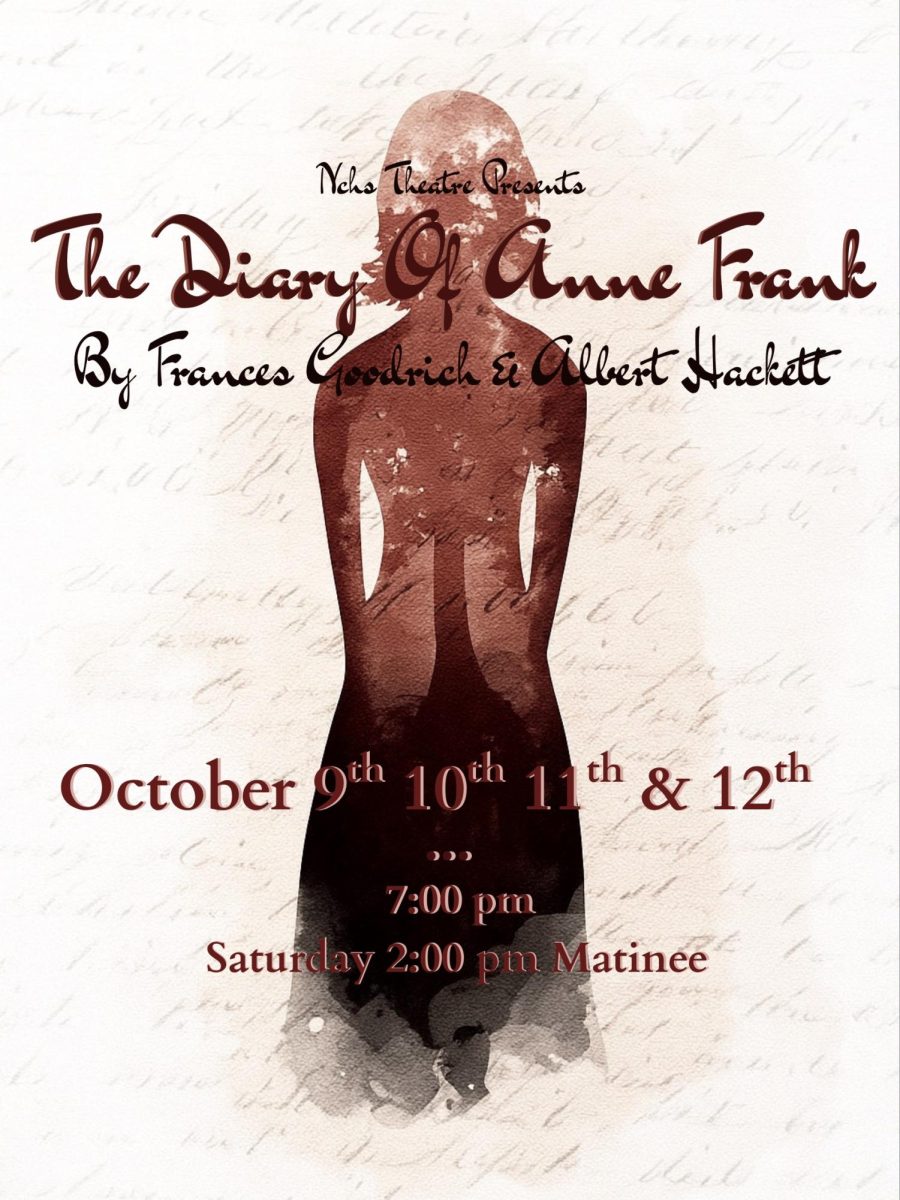

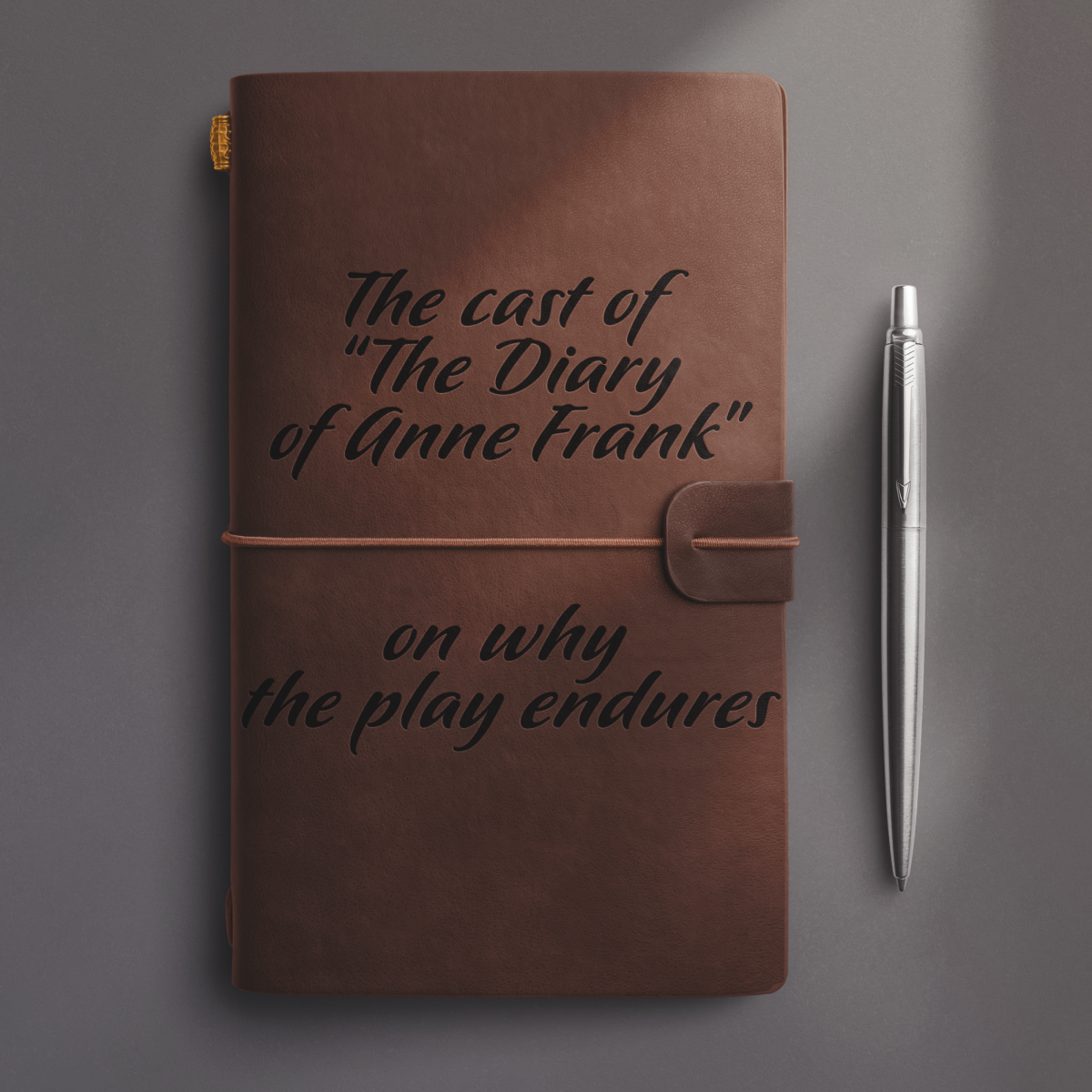
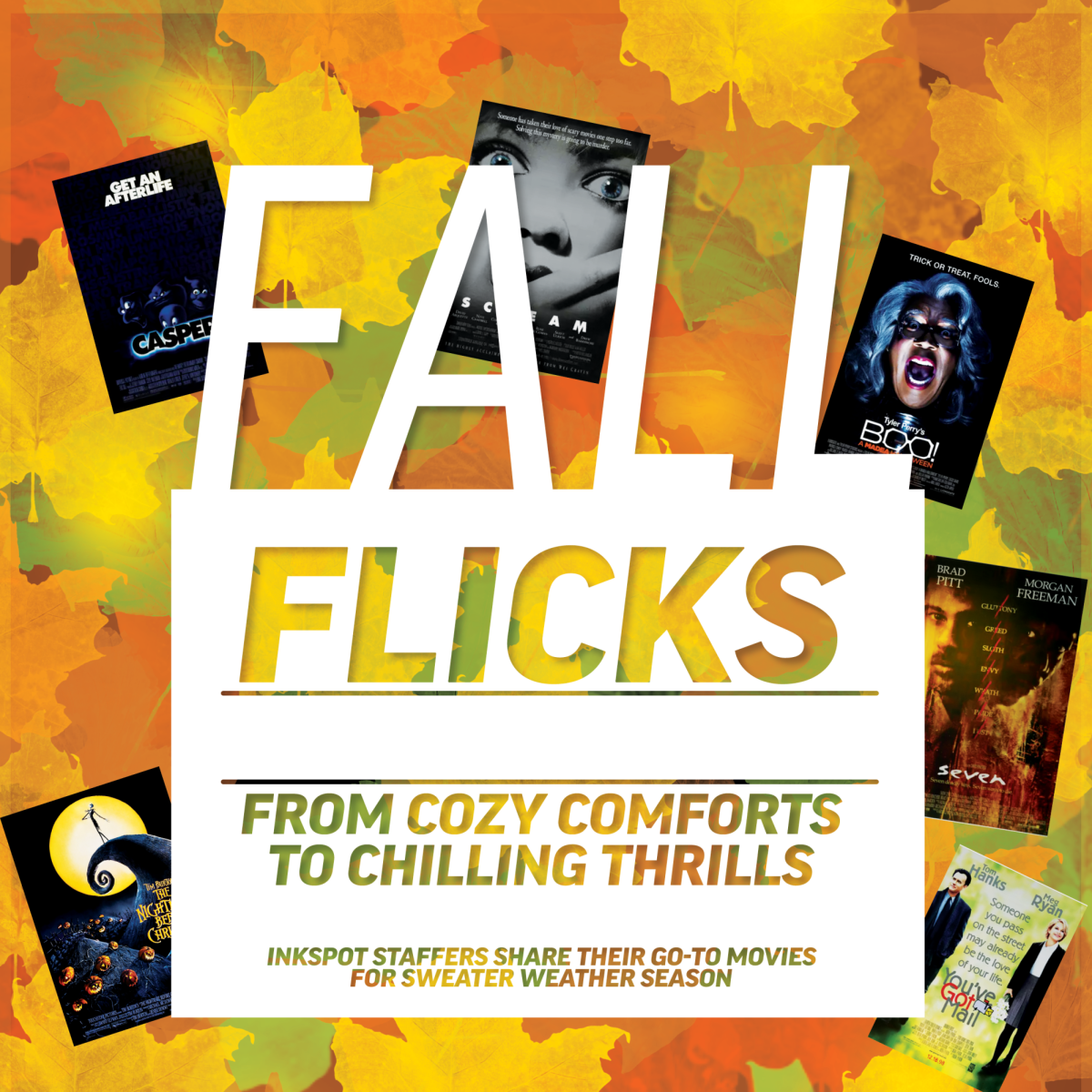


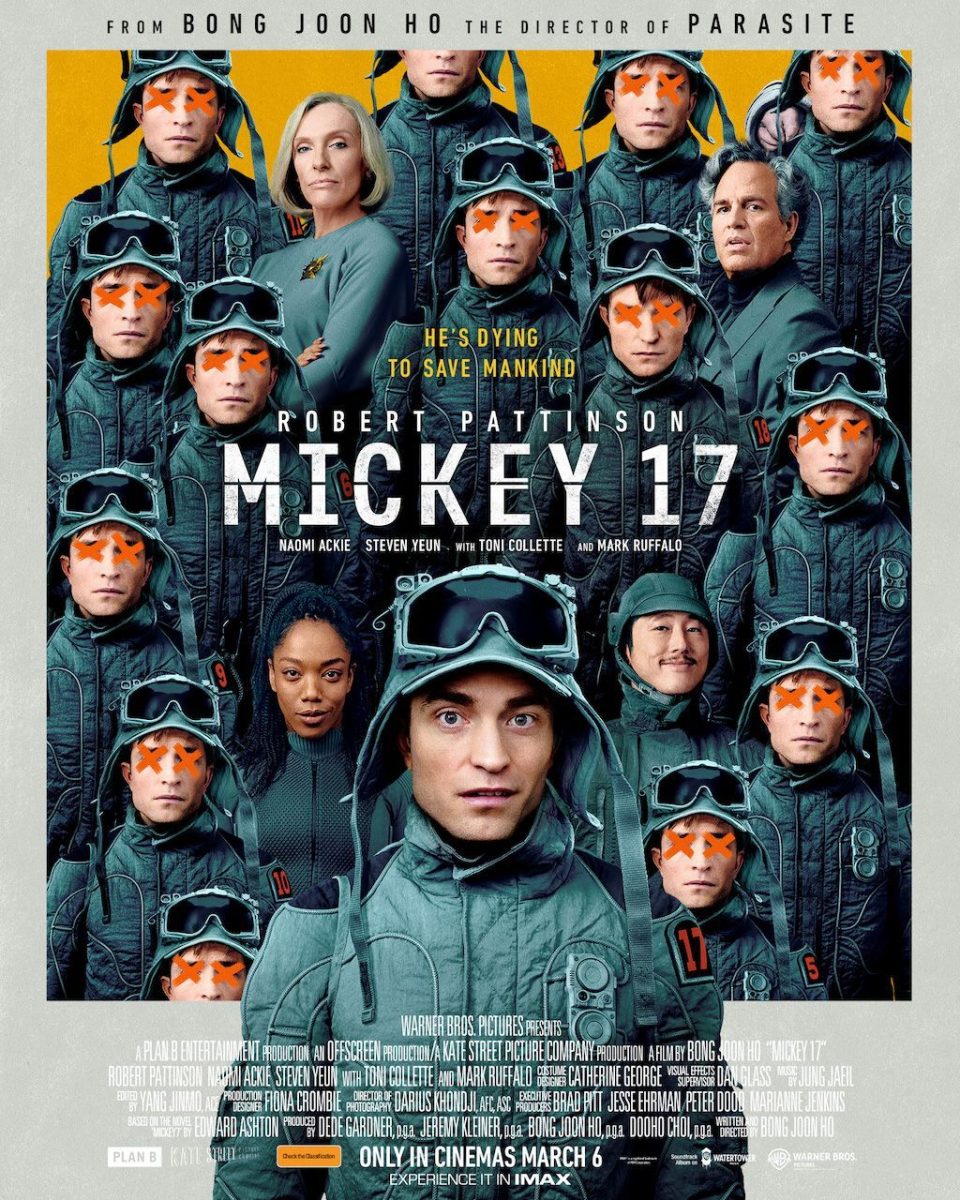
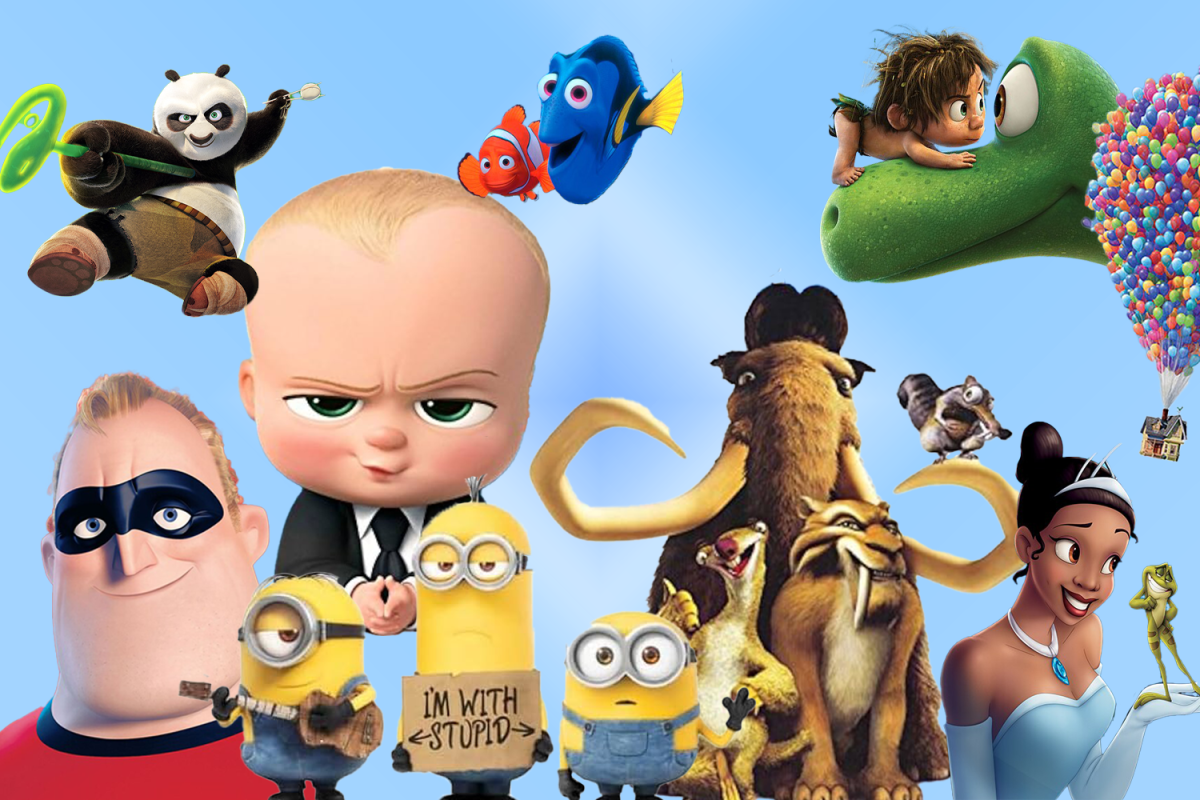

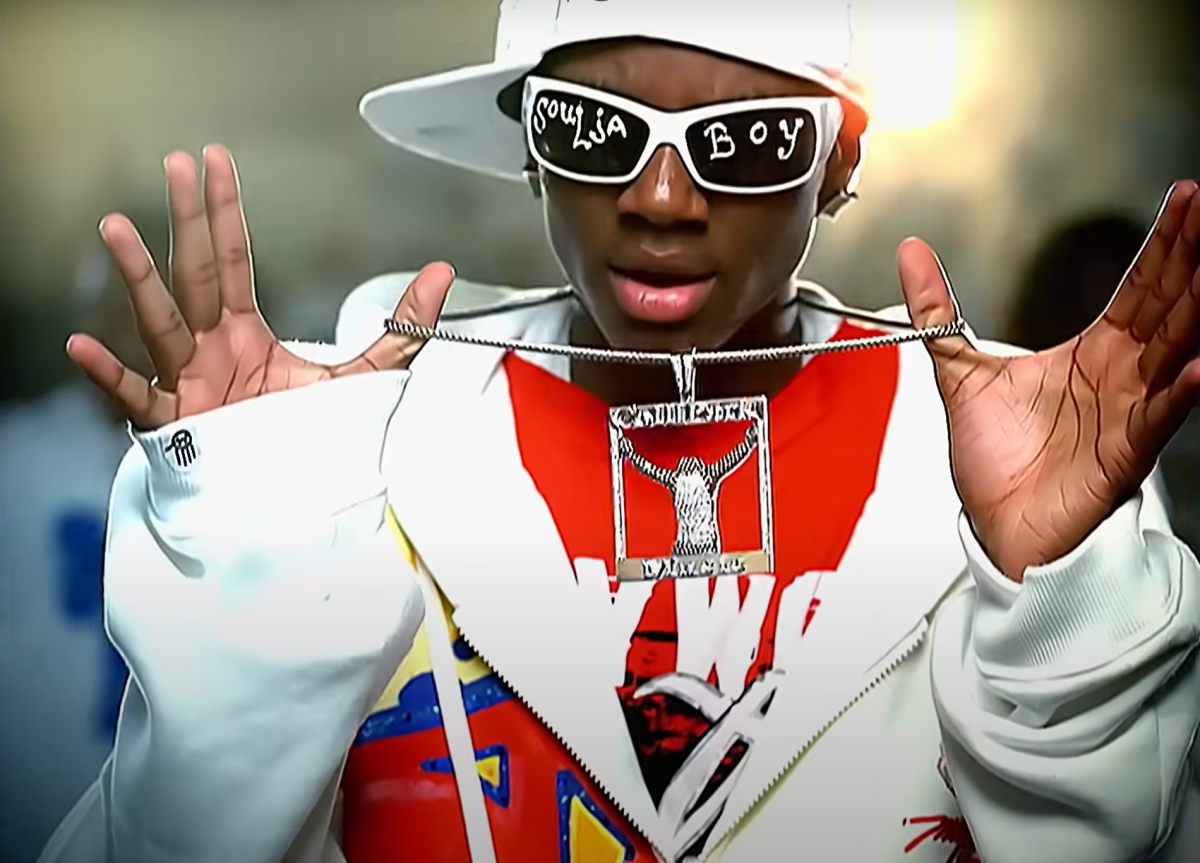
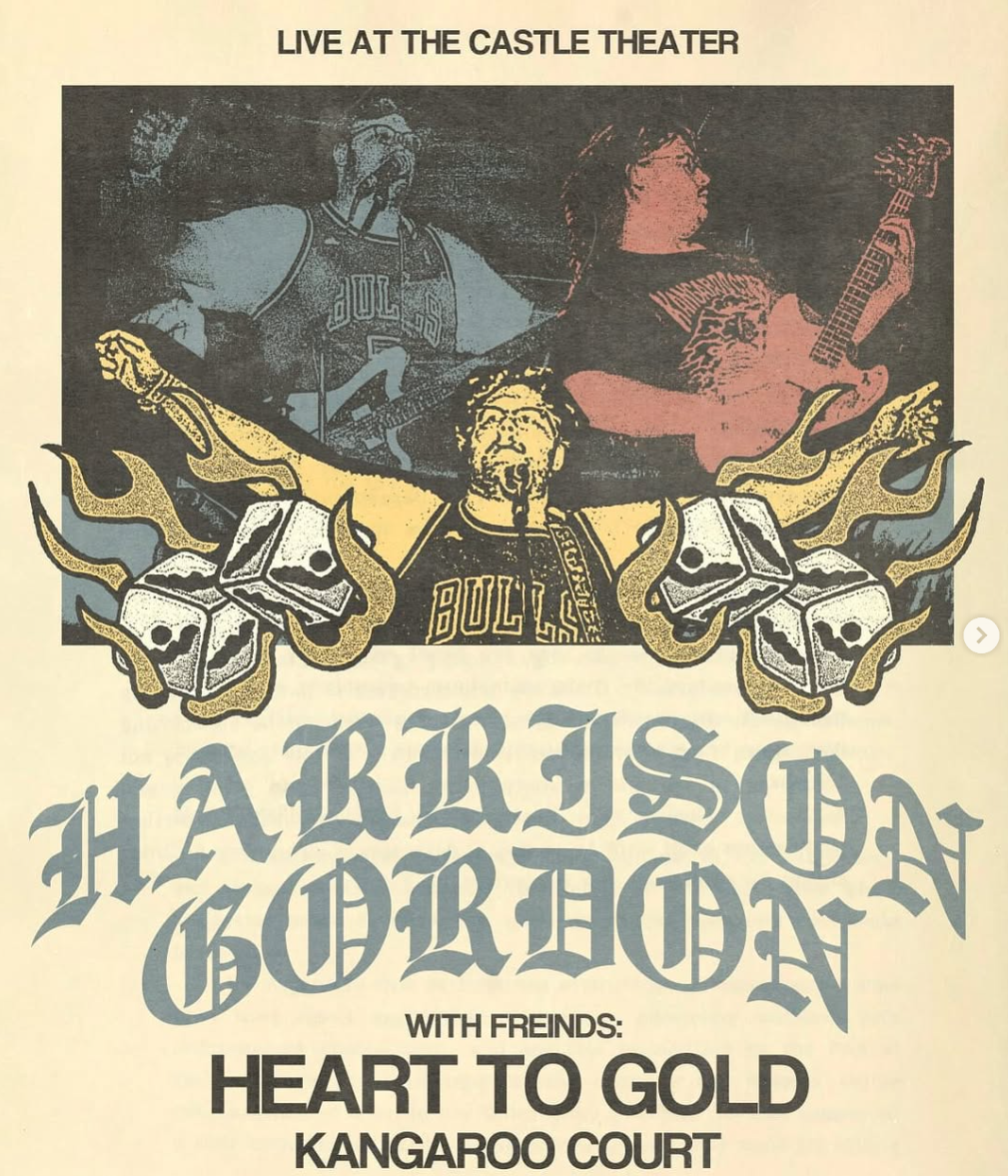
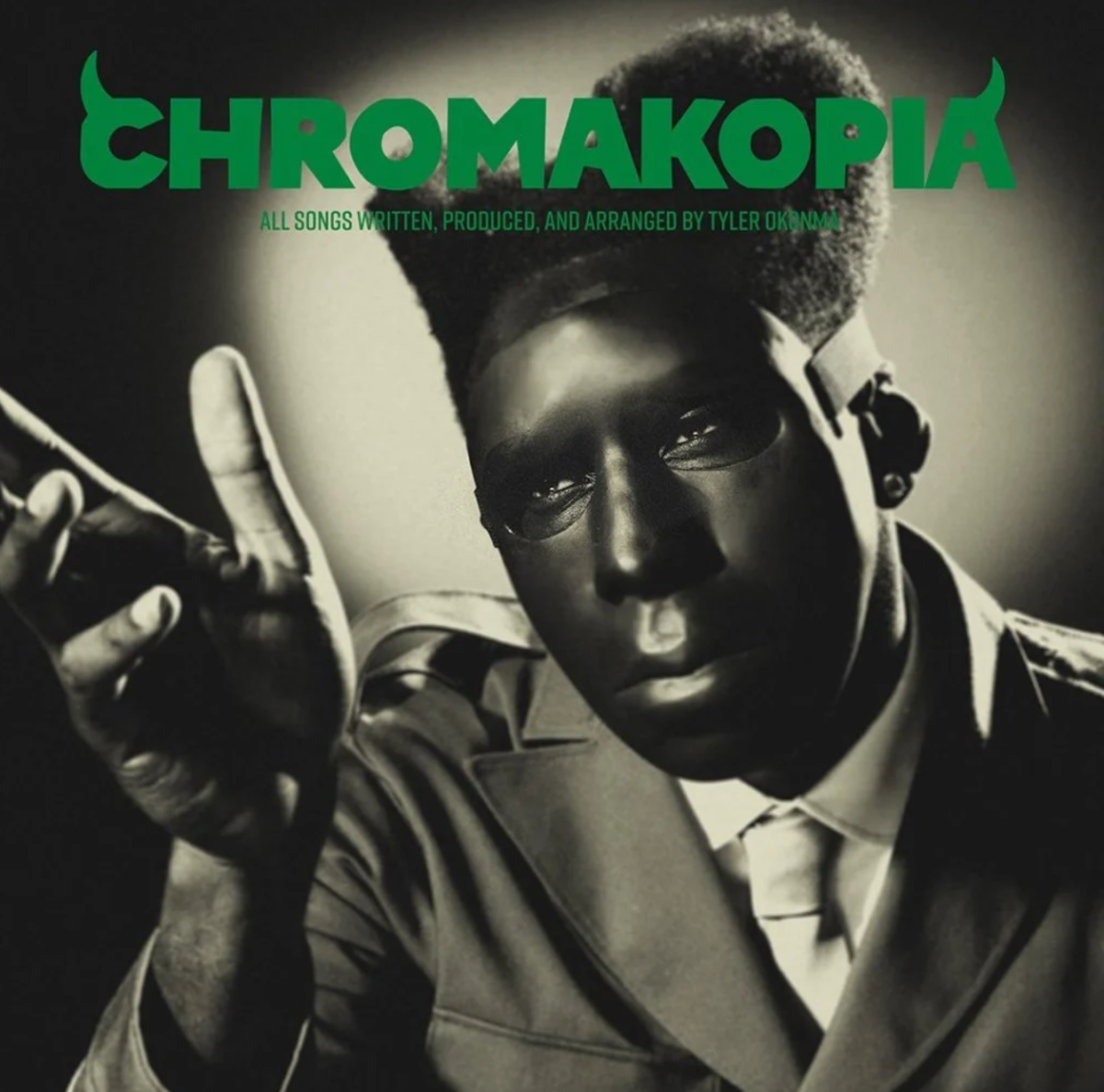


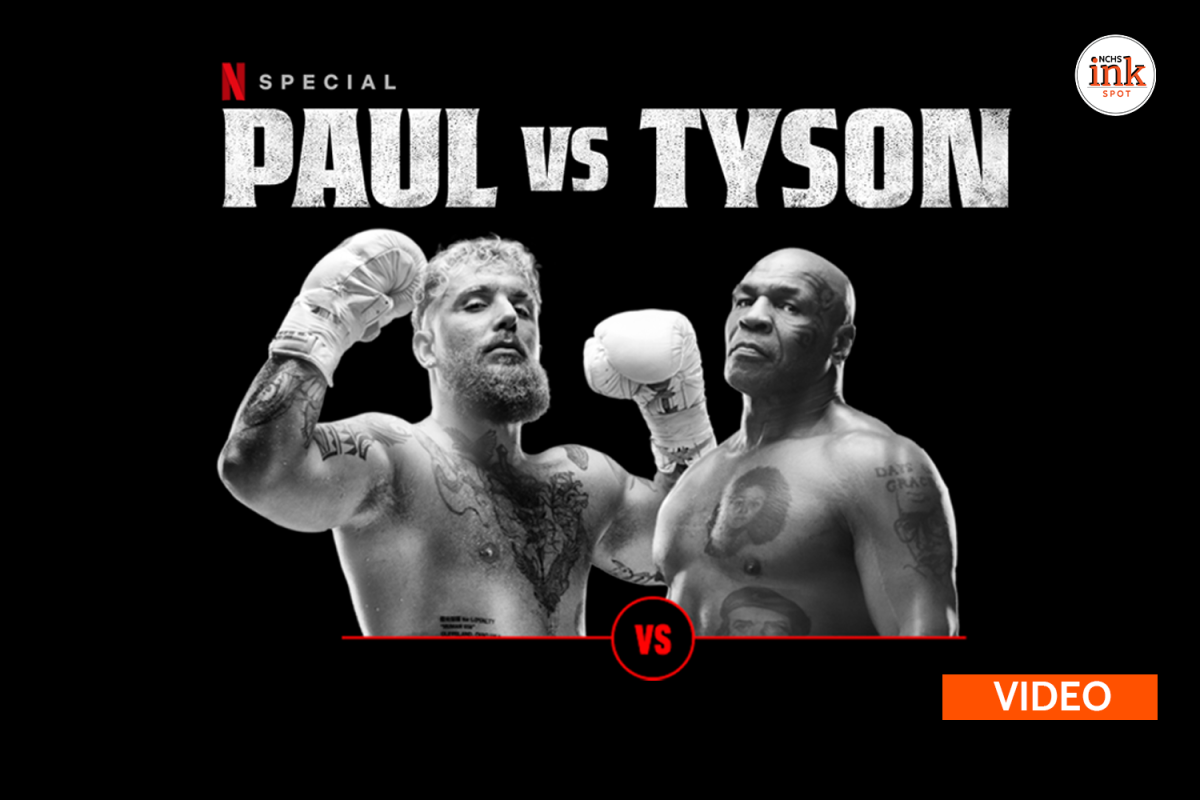


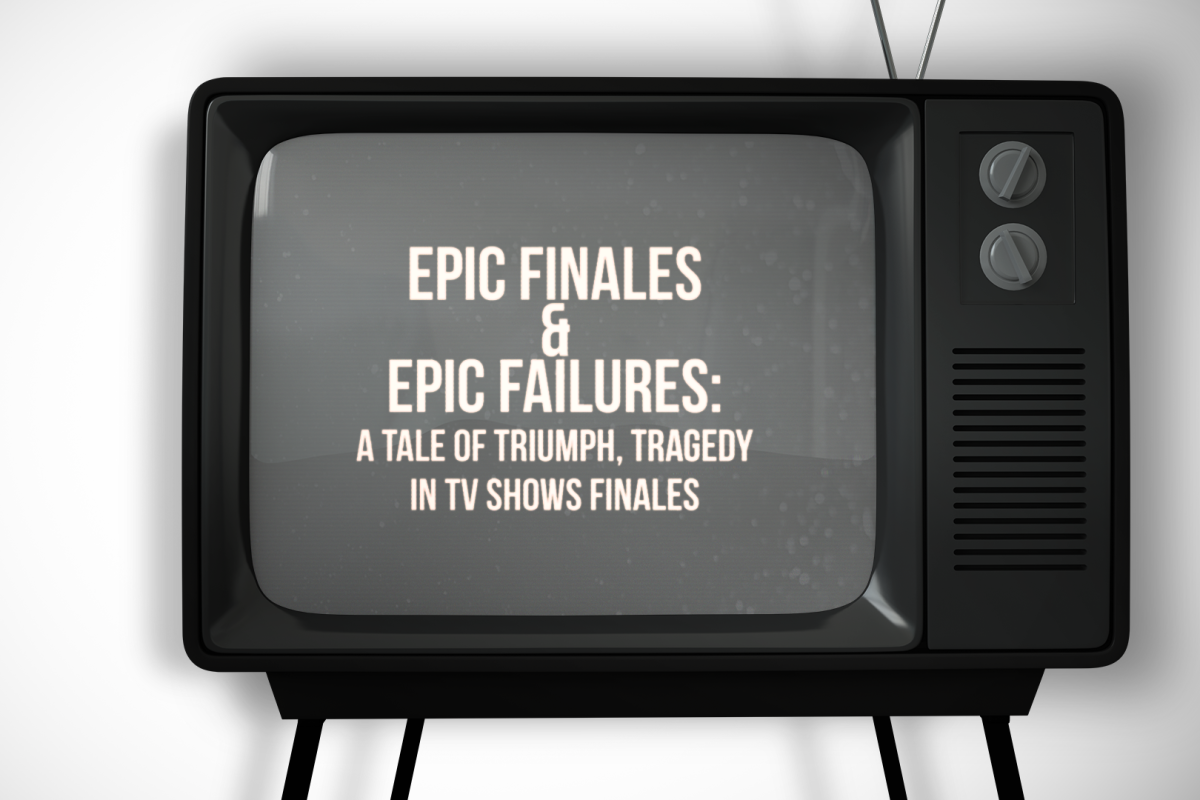
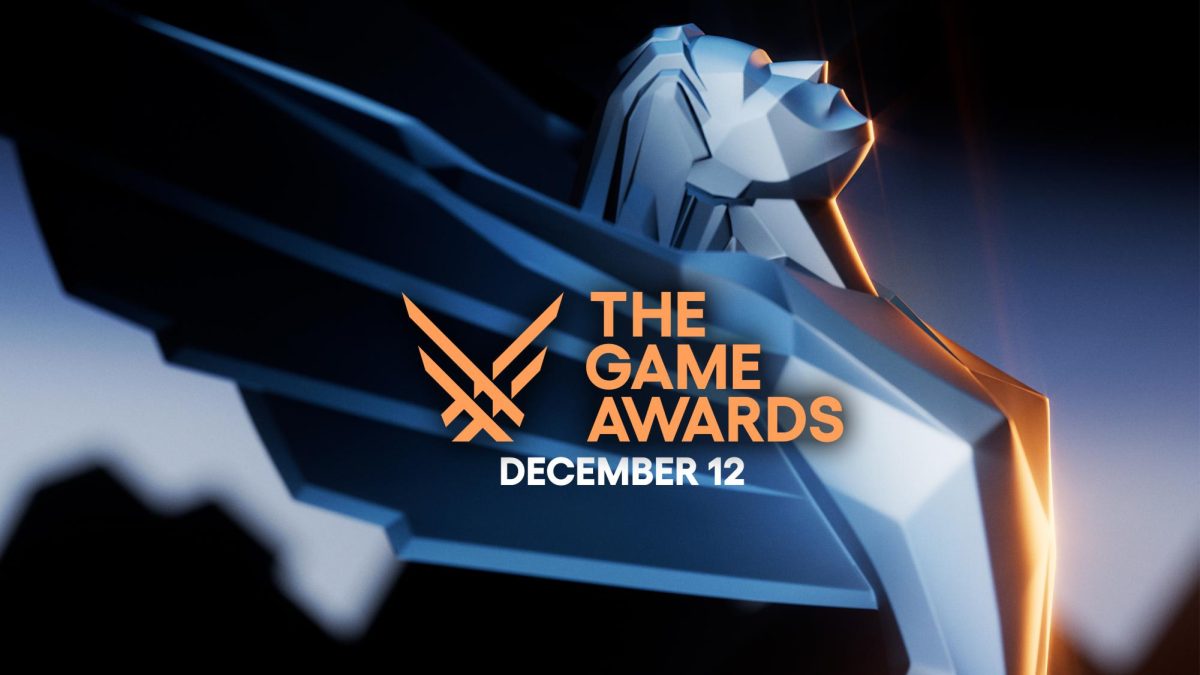
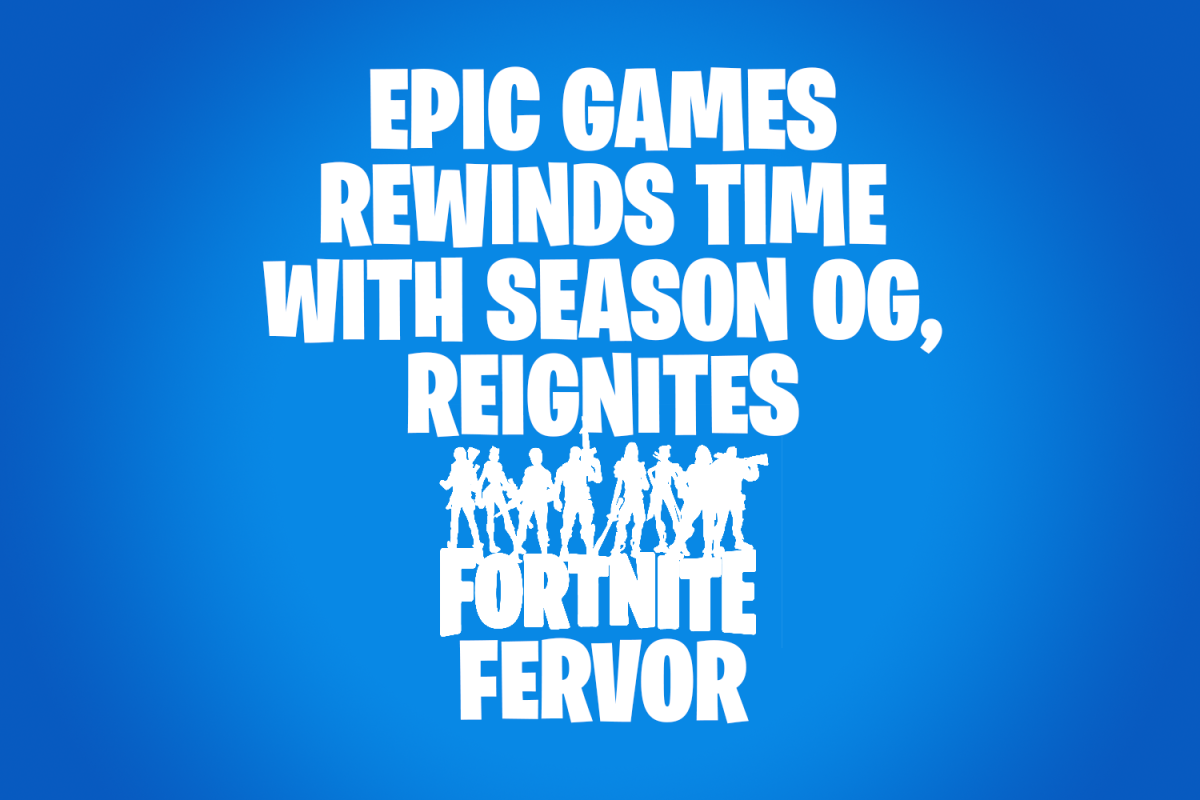


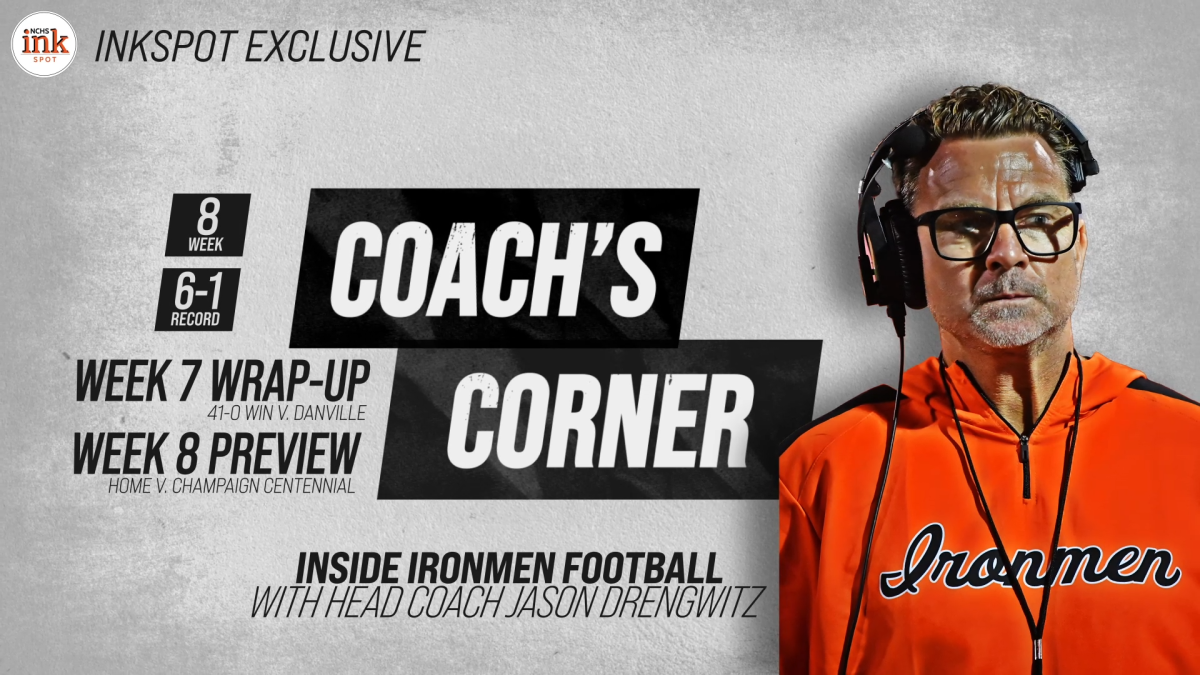



![Week 7: Coach Drengwitz recaps the Ironmen’s win over Bloomington, talks Danville [video]](https://nchsinkspot.com/wp-content/uploads/2025/10/Vikings-feature-Image-1200x675.png)

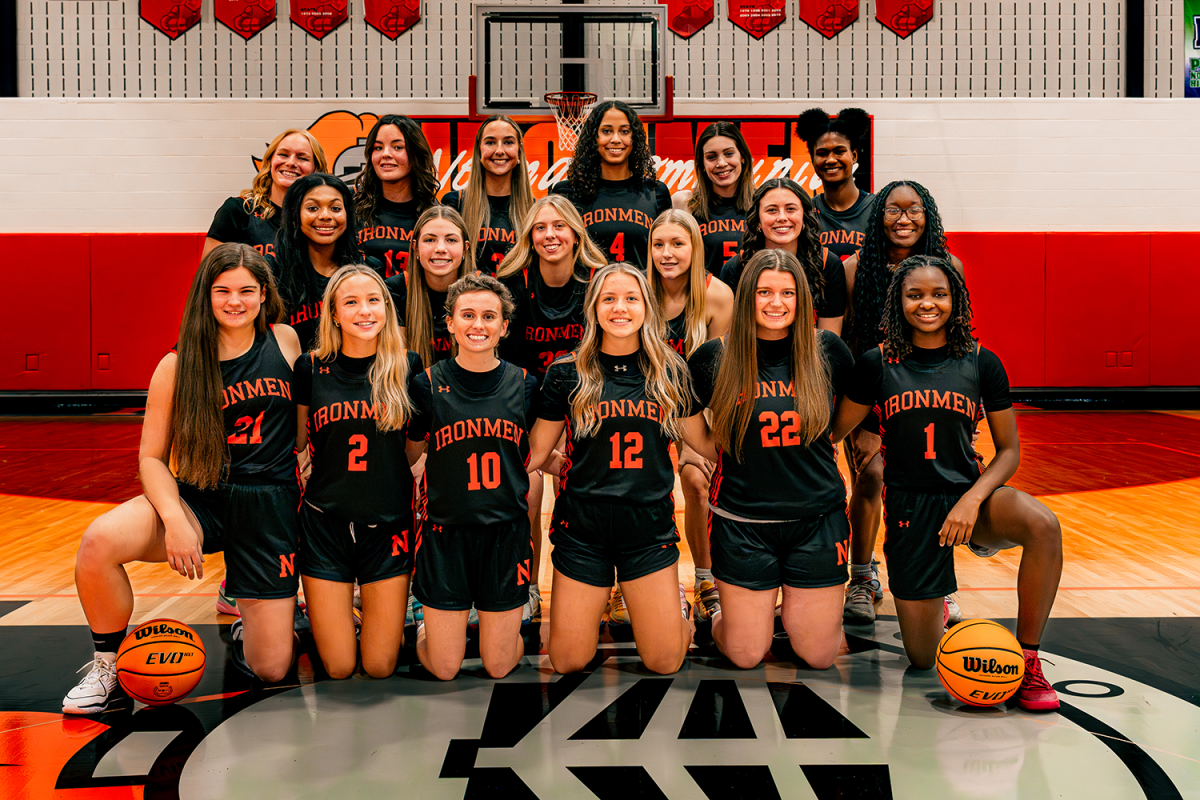


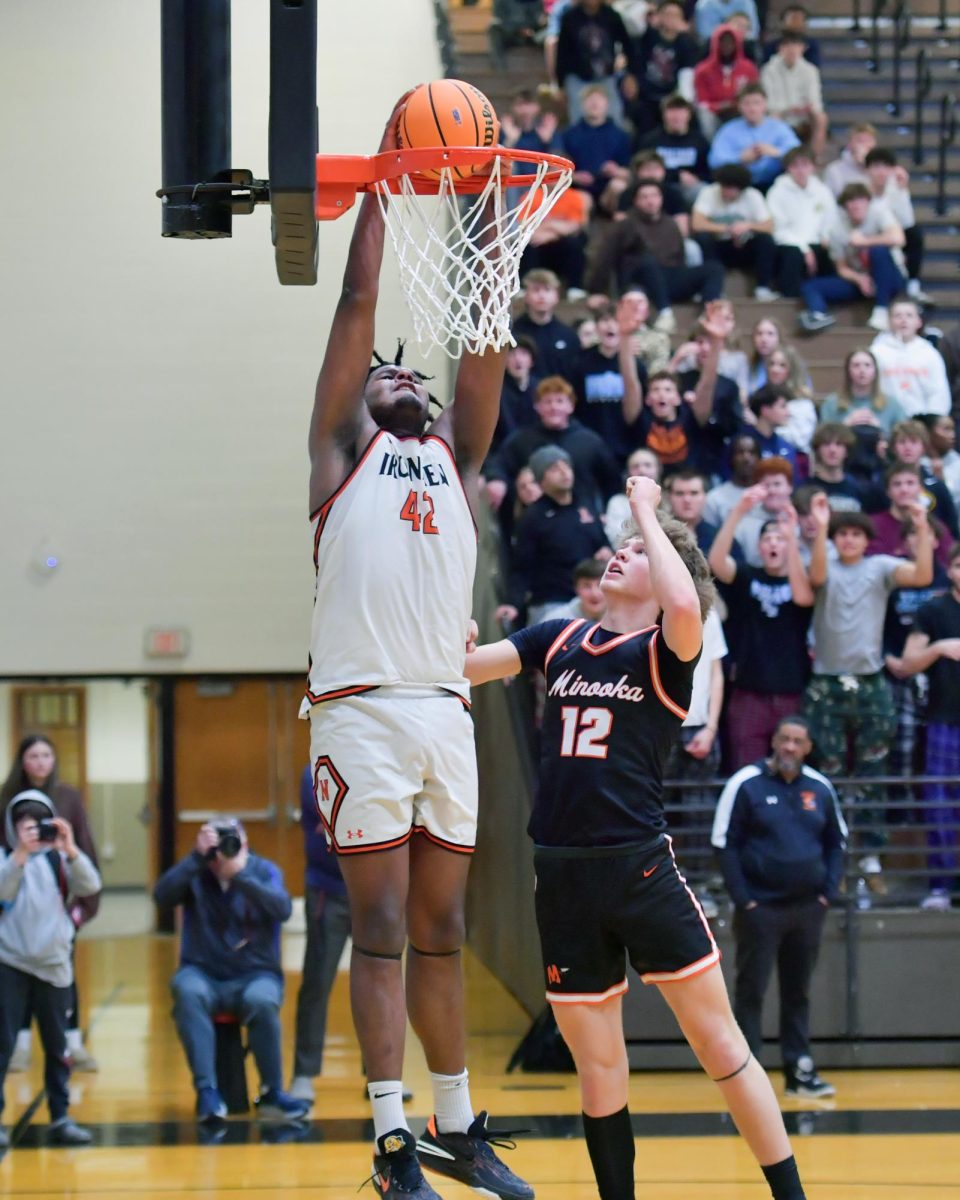
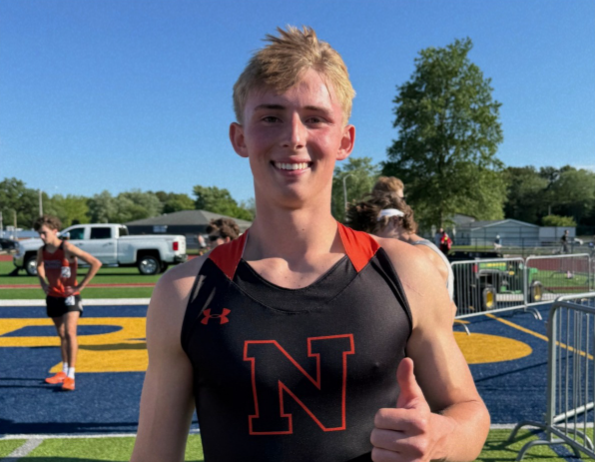

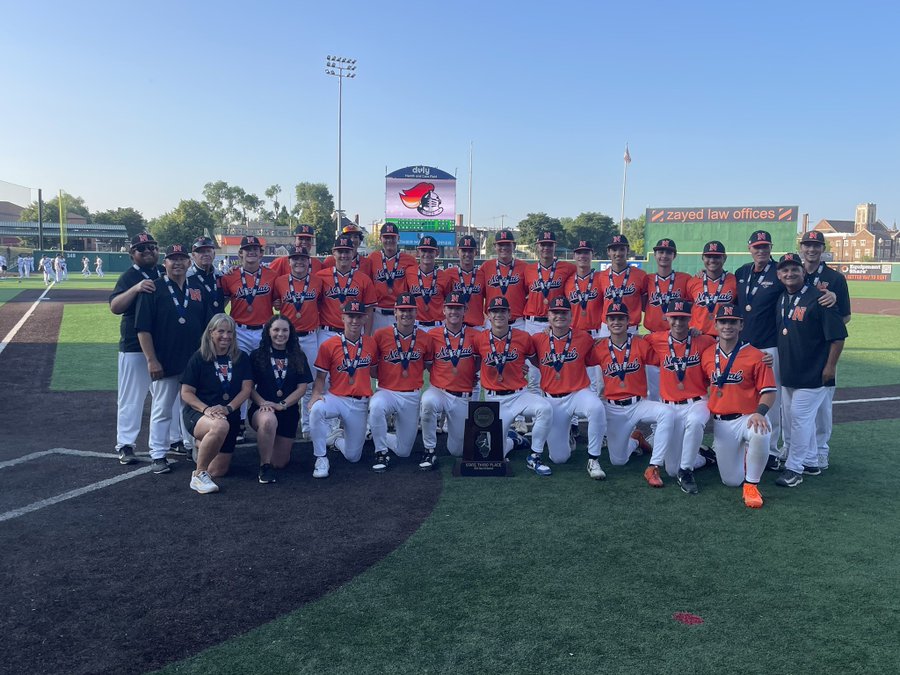



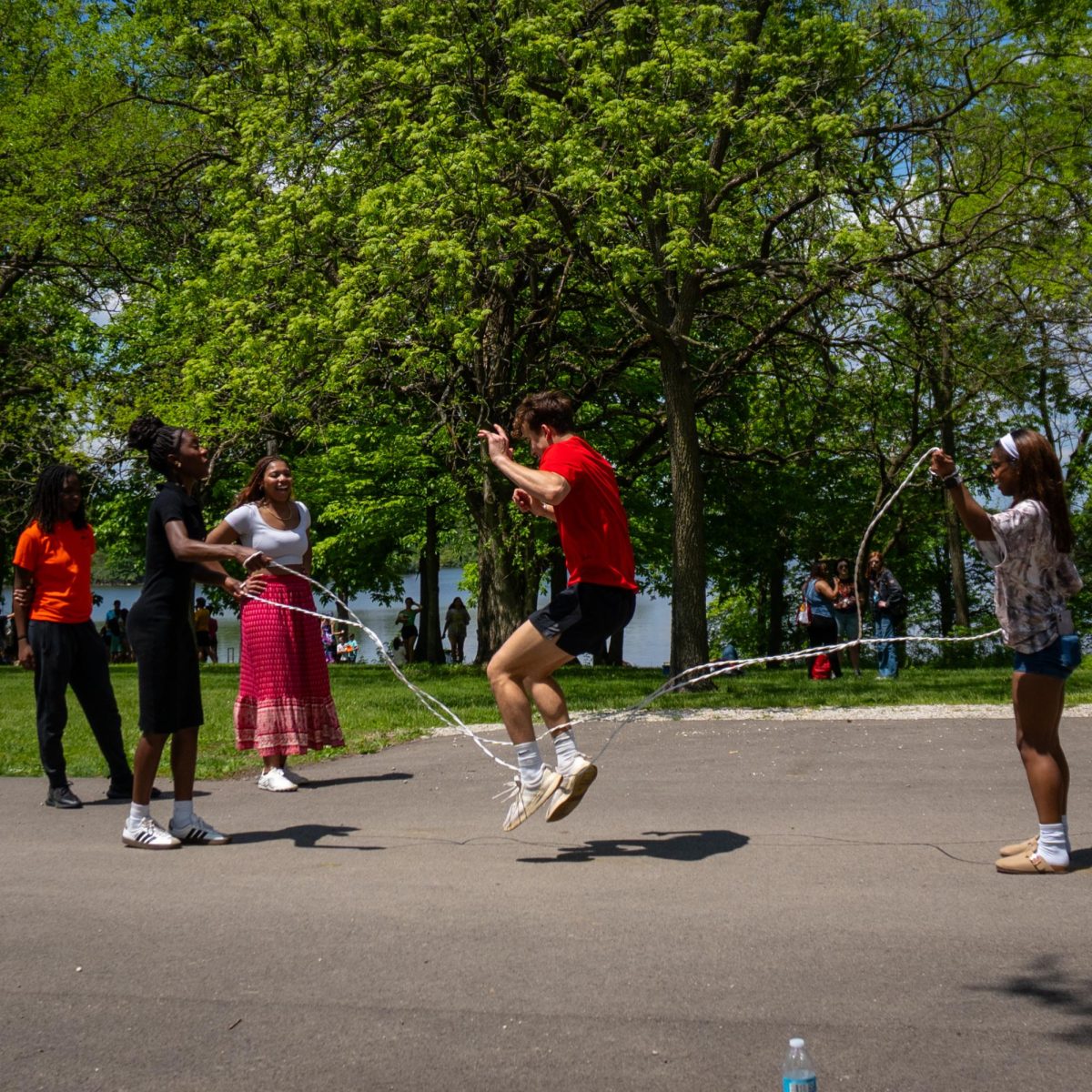

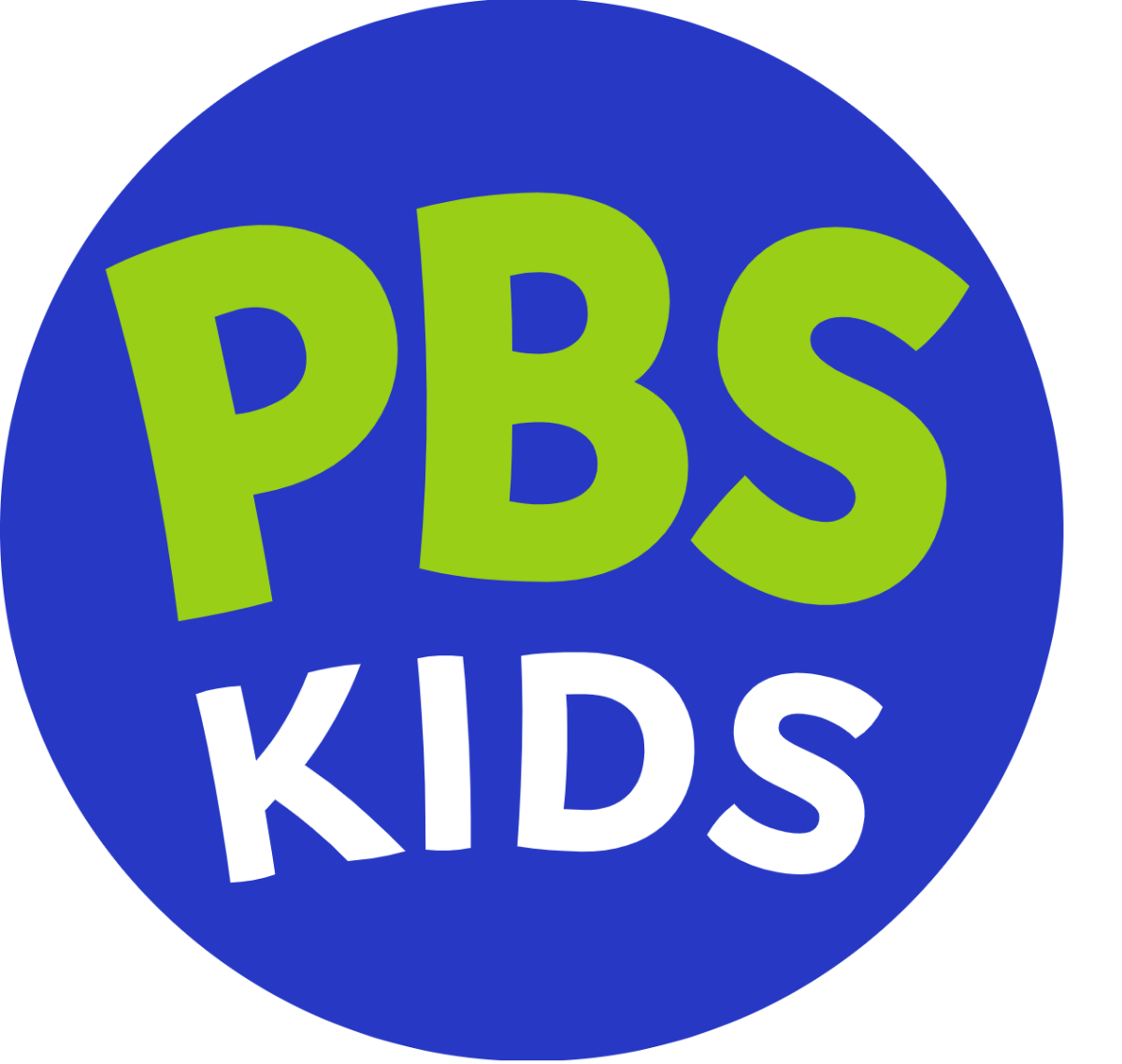

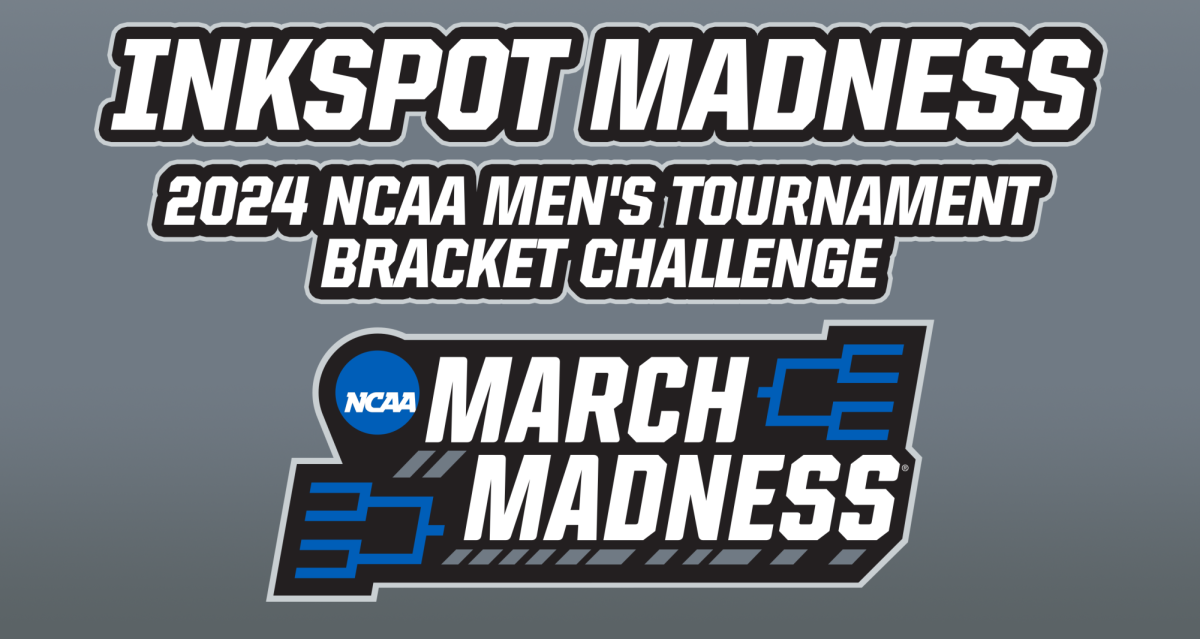
![Halloween candy cross section quiz [quiz]](https://nchsinkspot.com/wp-content/uploads/2022/10/Candy-cover-big-900x675.png)
![Average Jonah? [quiz]](https://nchsinkspot.com/wp-content/uploads/2022/05/average-jonah-900x600.png)

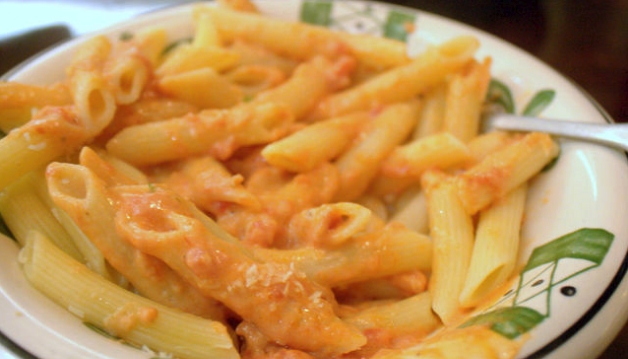
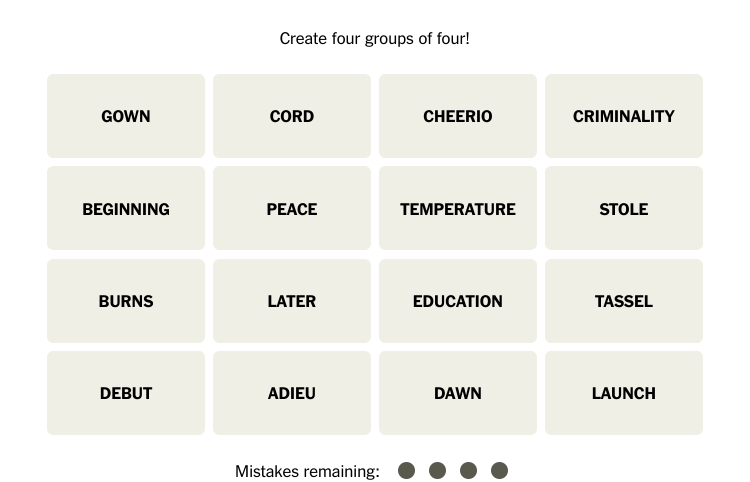
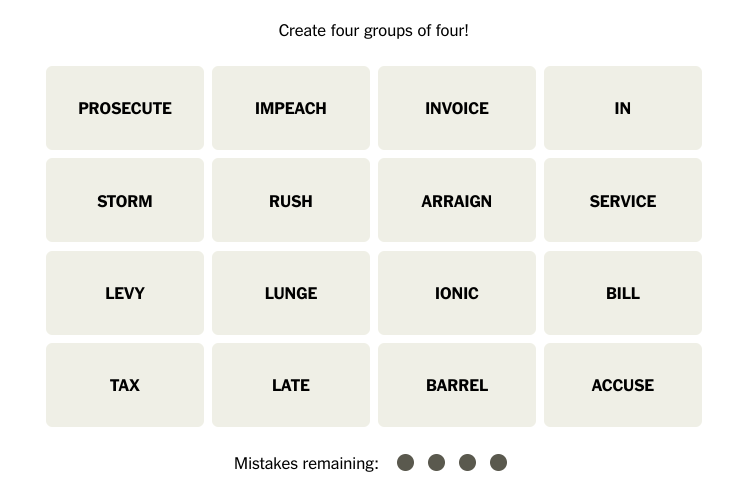
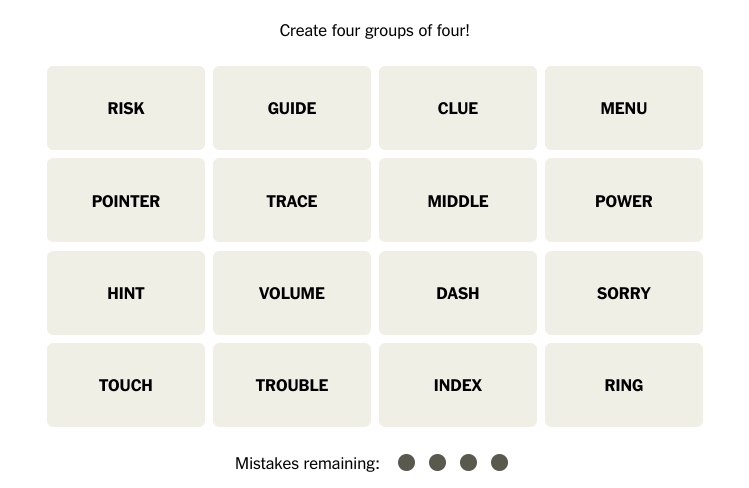
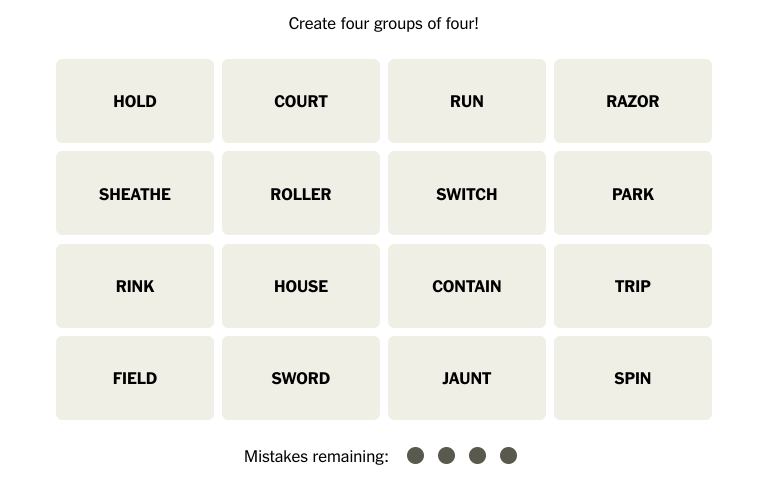

![[Photo Illustration]](https://nchsinkspot.com/wp-content/uploads/2025/09/trigger-words.png)

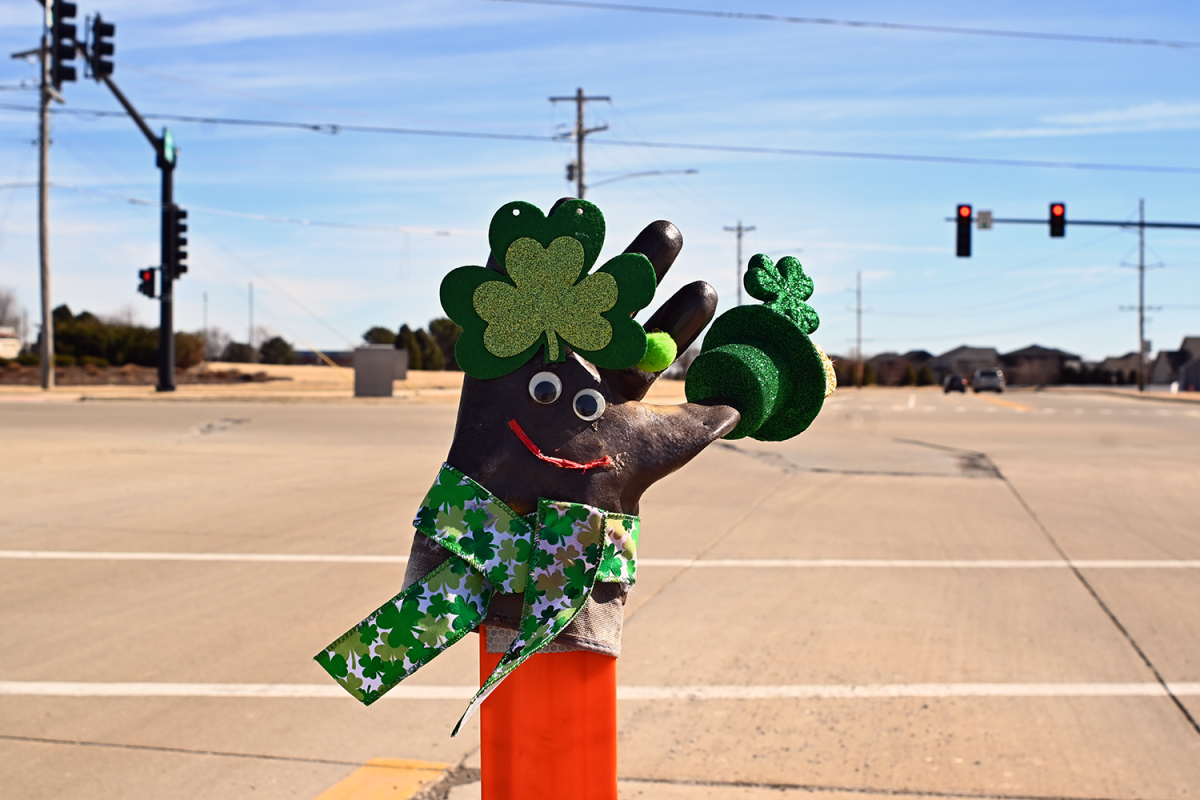



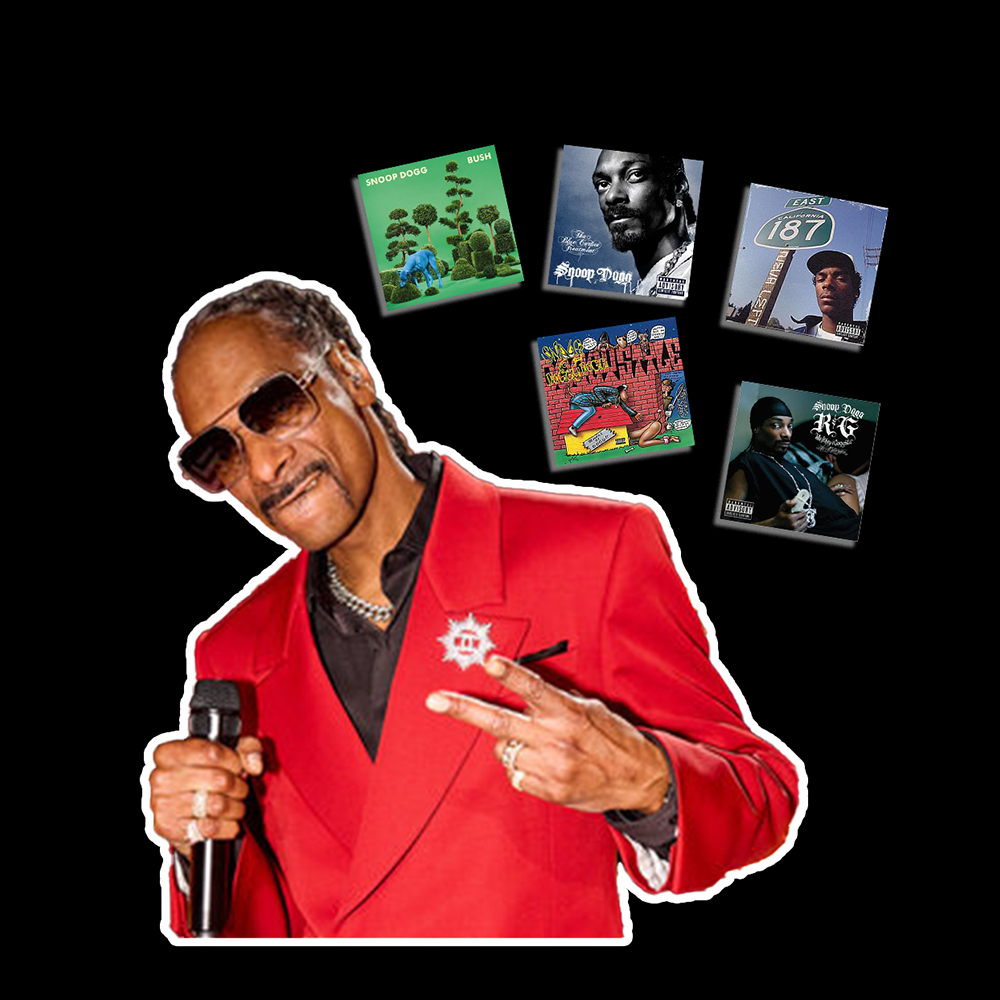

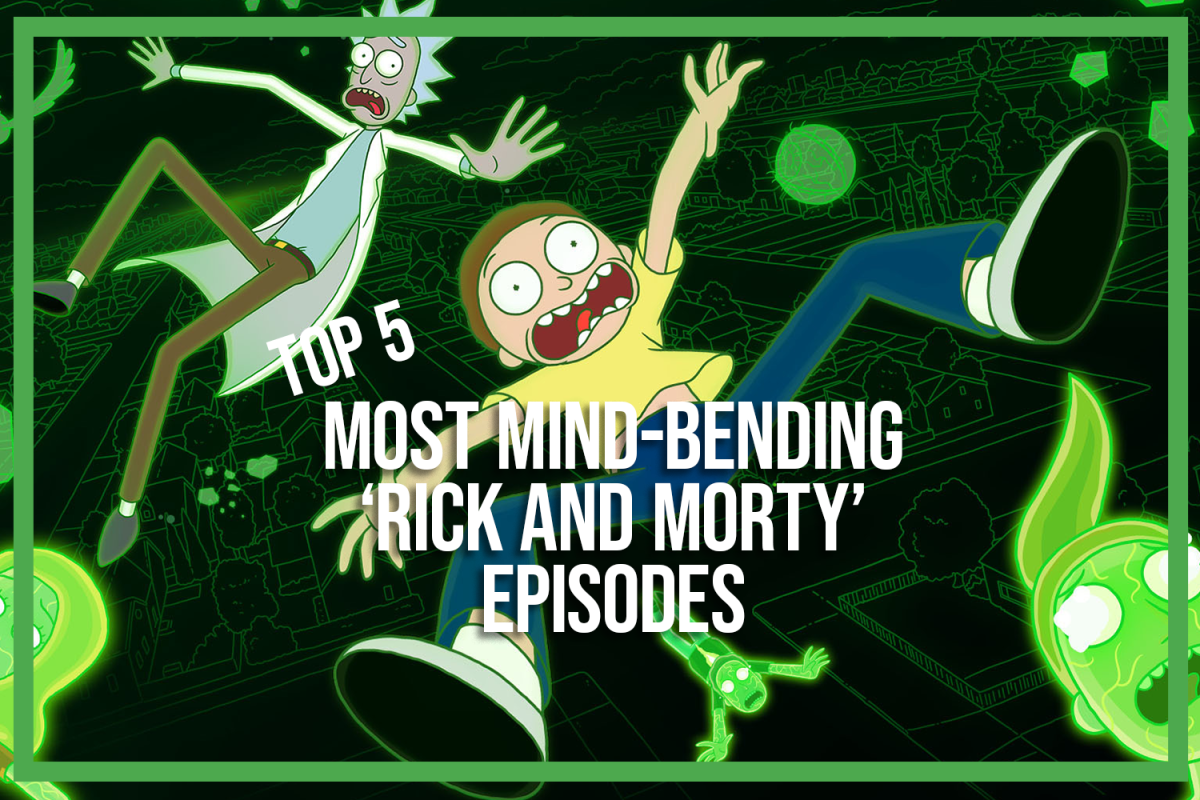
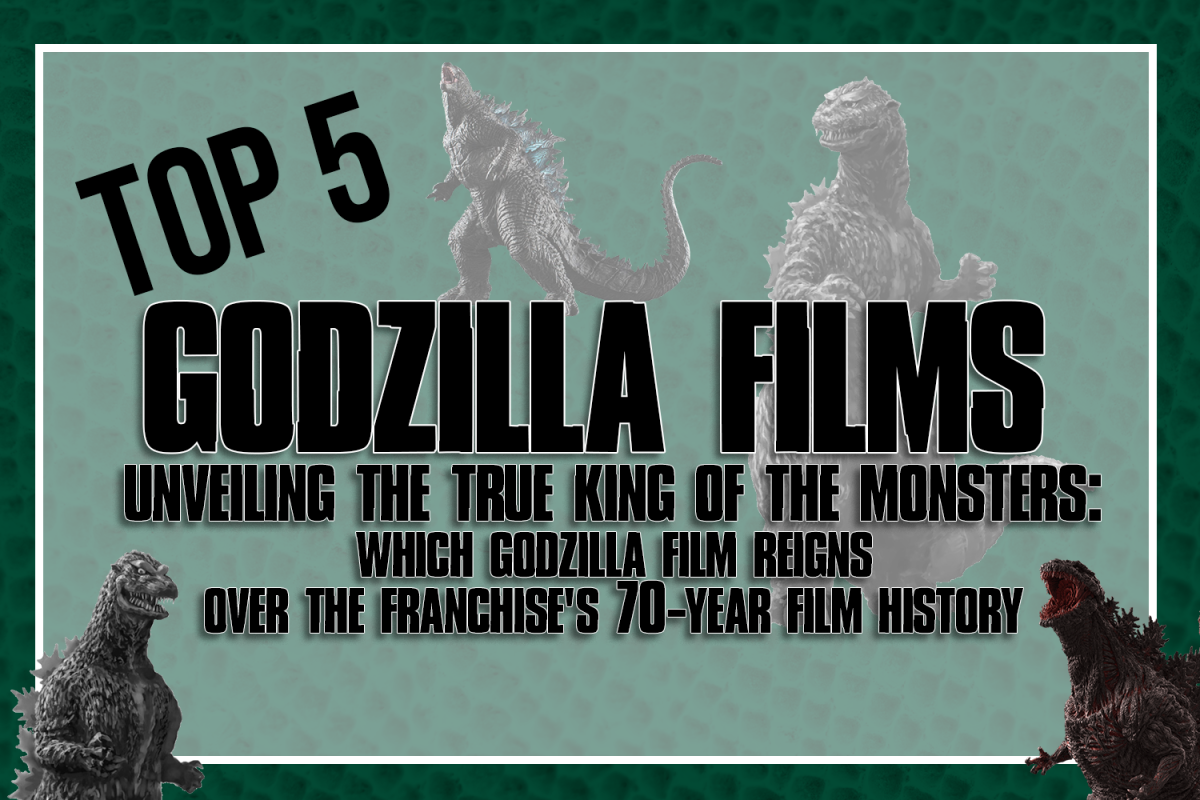


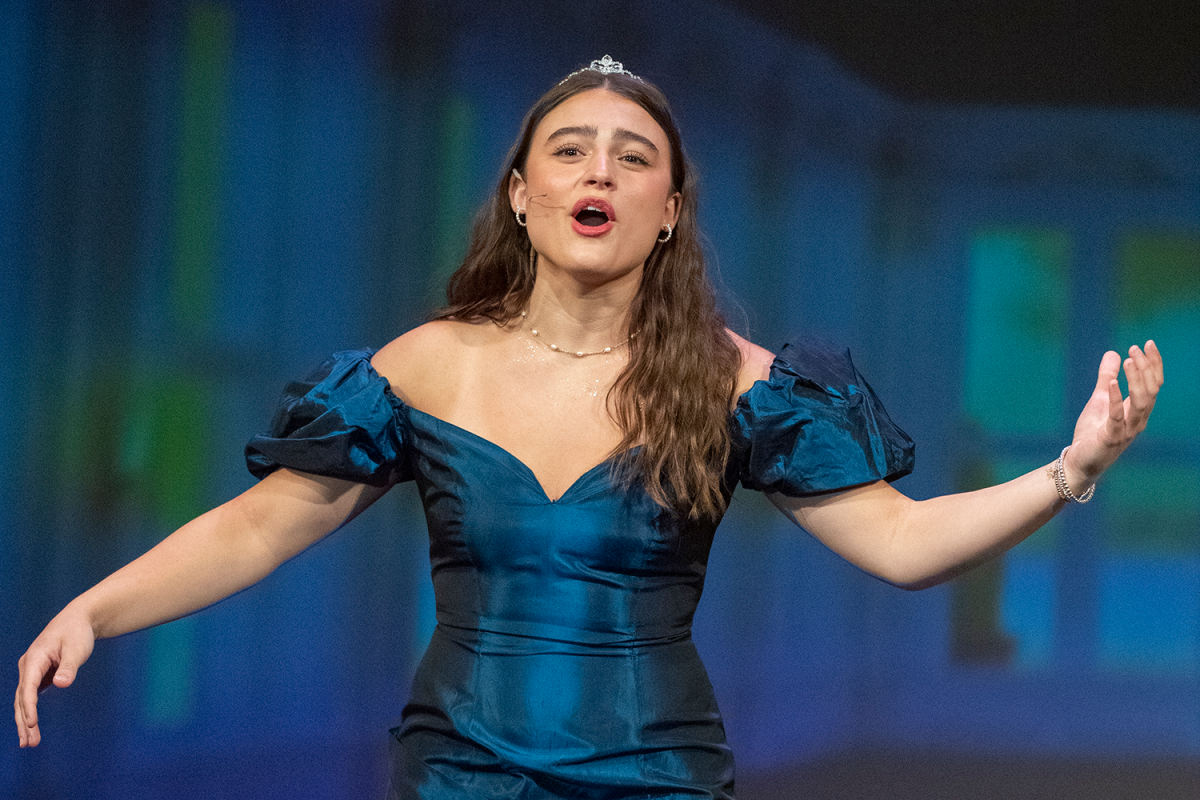



![Week 5: Coach Drengwitz previews the Ironmen’s matchup vs. Peoria Manual, recaps Week 4 [video]](https://nchsinkspot.com/wp-content/uploads/2025/09/Week-5-v-Rams-1200x675.png)
![Postgame reaction: Coach Drengwitz on Community’s 28-17 Loss to Kankakee [video]](https://nchsinkspot.com/wp-content/uploads/2025/09/Week-4-postgame--1200x675.png)
![On the Spot: This or That – Halloween [video]](https://nchsinkspot.com/wp-content/uploads/2024/10/tot-Halloween-YT-1200x675.png)
![On the Spot: This or That – Fall favorites [video]](https://nchsinkspot.com/wp-content/uploads/2024/10/ots-fall-web-1200x800.png)
![On the Spot – Teachers tested on 2023’s hottest words [video]](https://nchsinkspot.com/wp-content/uploads/2024/01/On-the-Spot-Teachers-tested-1200x675.png)

